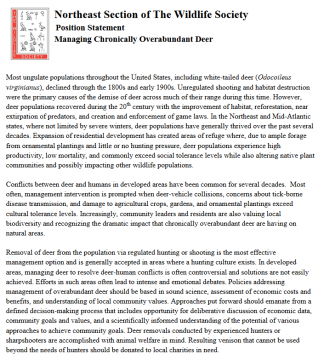 Informative communication means a pro-active approach, rather than a reactive or ad hoc response as issues crop up. Being proactive can avoid problems that arise from an “information vacuum.”
Informative communication means a pro-active approach, rather than a reactive or ad hoc response as issues crop up. Being proactive can avoid problems that arise from an “information vacuum.”
Informative communication boosts success rates
Many communities point to well-timed, effective communication as an essential part of building community support for launching and sustaining CBDM programs.
Communication plans increase effectiveness
A communication plan makes it easy to stay organized and meet your program's evolving communication needs. Key messages and tactics will change depending on what phase your community is in.
Communication needs vary by CBDM phase
Consider how your community's information needs will change over time. For example, during decision-making, gear communications toward the range of management options under consideration and plan for an announcement once a decision is reached. During implementation, citizens will want to know times and places for deer management actions or how community safety will be ensured.
Communication plans answer four key questions
A communication plan can be simple and straightforward or highly complex, depending on the community’s needs. There is no set formula, but any good communication plan will answer four basic questions: 1) Who will you communicate with? 2) When will you communicate with them? 3) What are the key messages they need to get? 4) How will you communicate with them?
Include five key elements in your communication plan
Our Resource Library includes communication plan templates in Microsoft Word and Excel formats, as well as a generic example.
-
Objectives and desired outcomes. Identify the primary purpose of the communication plan and how it supports the goals of the community’s deer management program.
-
Strategies. Describe the approaches you will use to achieve the objectives and desired outcomes.
-
Tactics. List the methods to be used in communicating messages to key audiences—from brochures to presentations and press releases to social media.
-
Key audiences. Identify stakeholders who will have a significant influence on the CBDM process.
-
Messages. Create a succinct set of messages that tell a complete story about your CBDM program in a simple but complete way. Supporting points providing more detail may be listed under each message. Using this simple message structure helps guide the development of all communications related to the project.
Enhance your communication plan
A number of other elements can enhance the effectiveness of your community’s communication plan. For example, consider including a short statement describing the context and background for your CBDM program. A timeline for completion and frequency of communication may also be helpful. Finally, a schedule for updating the communication plan can ensure that it stays relevant over time.




